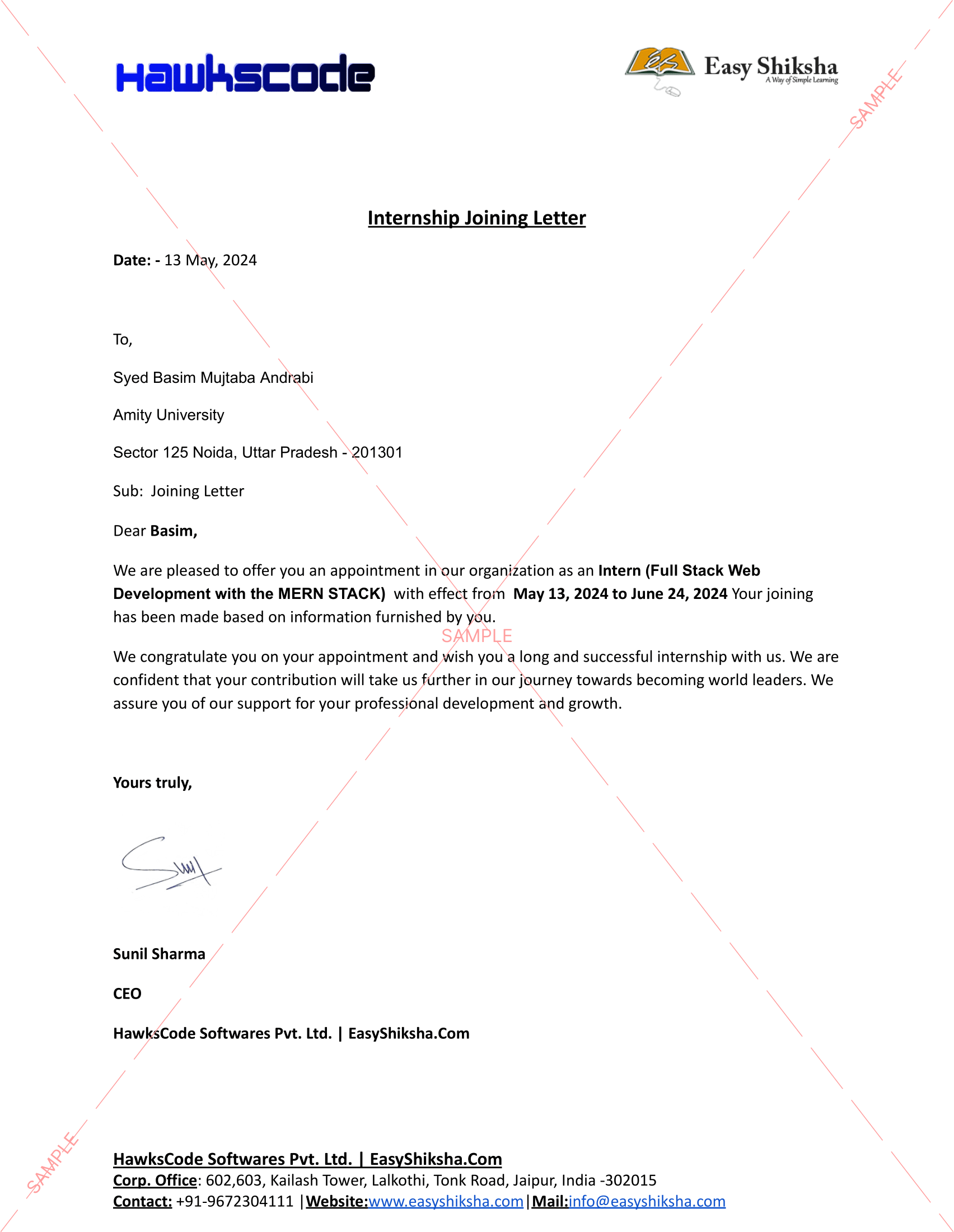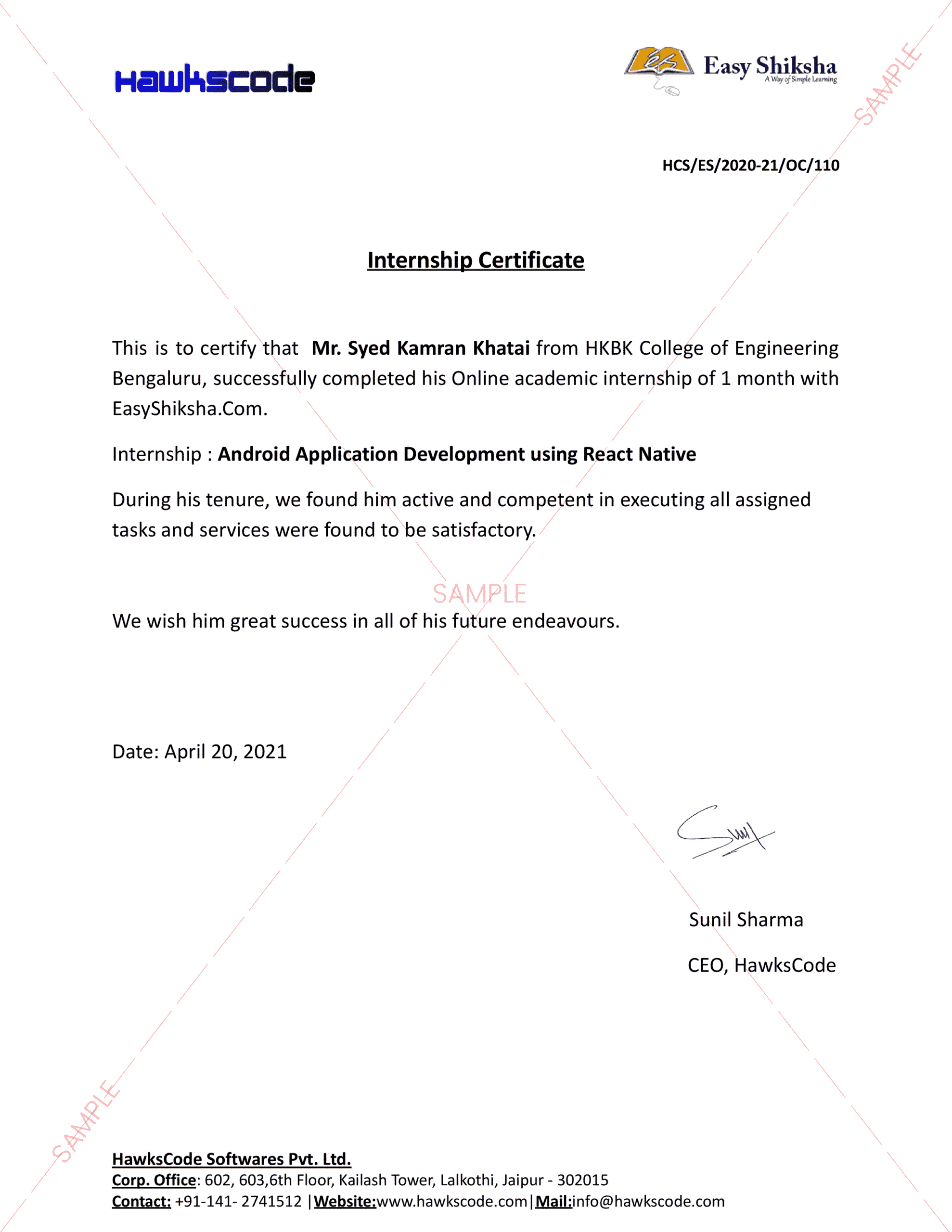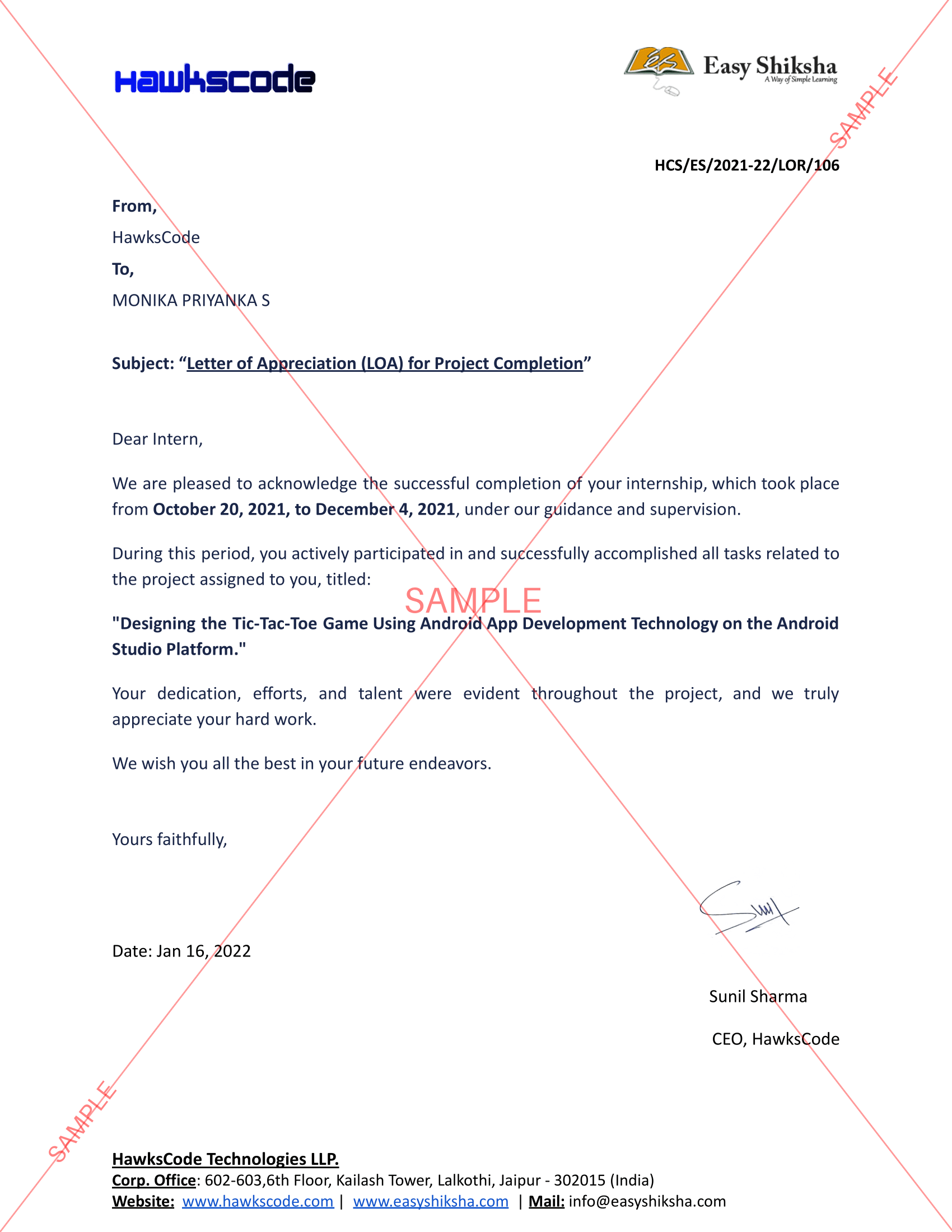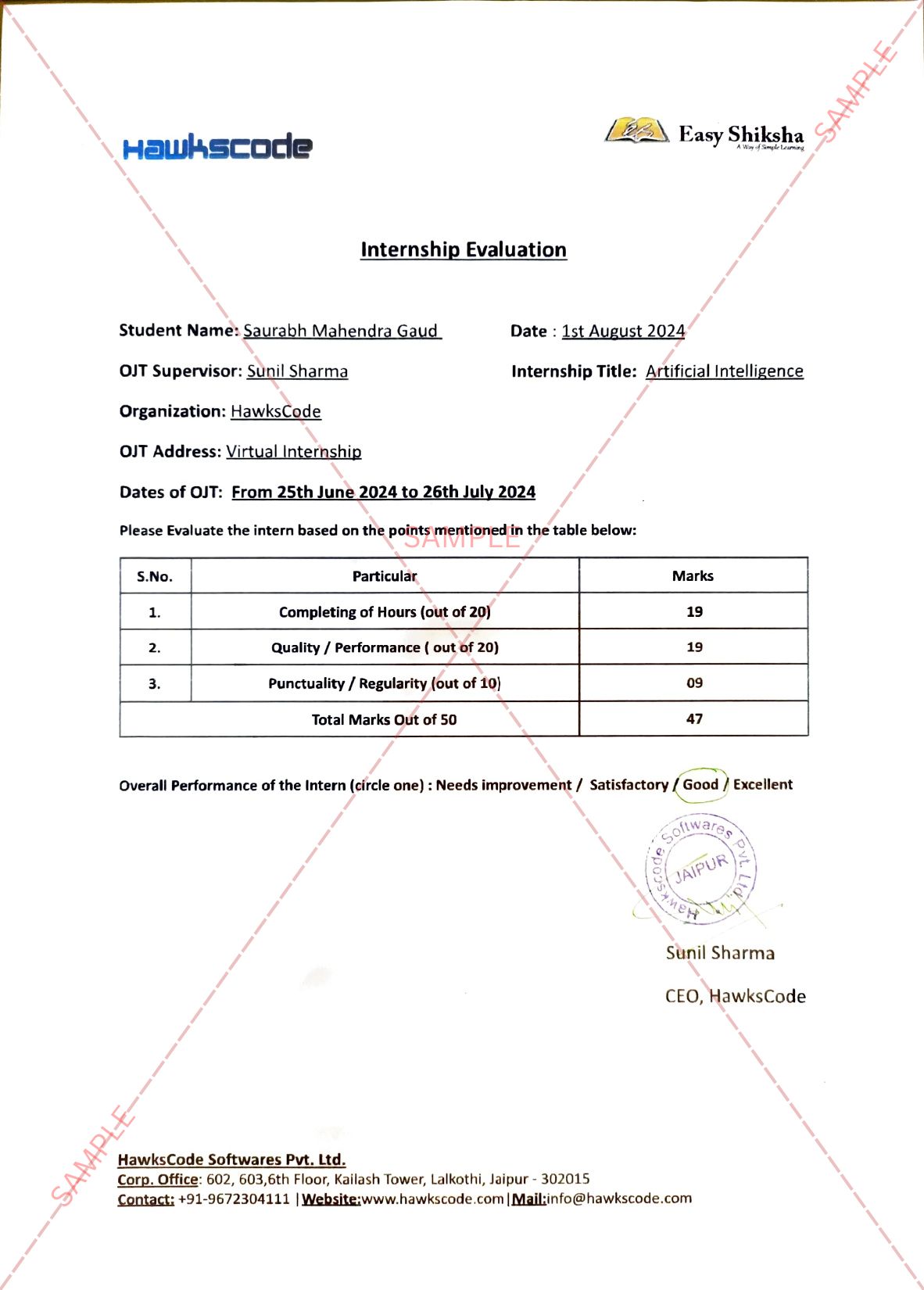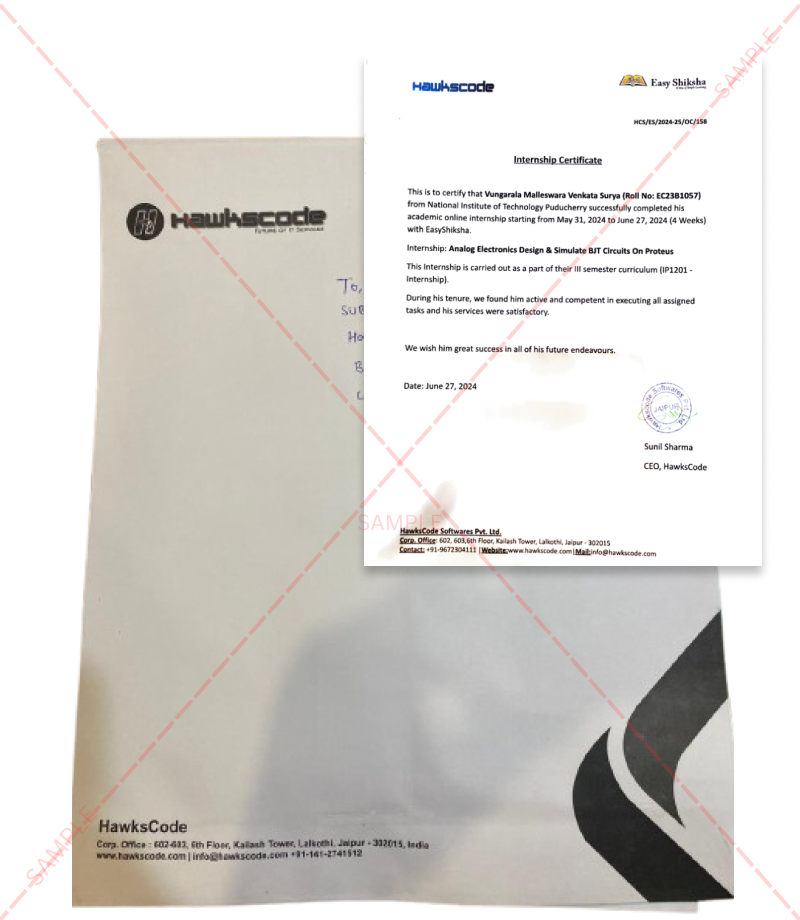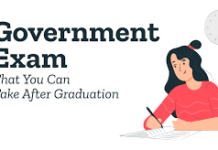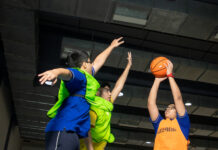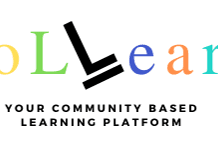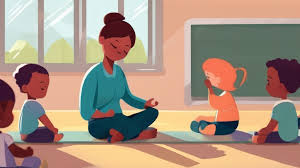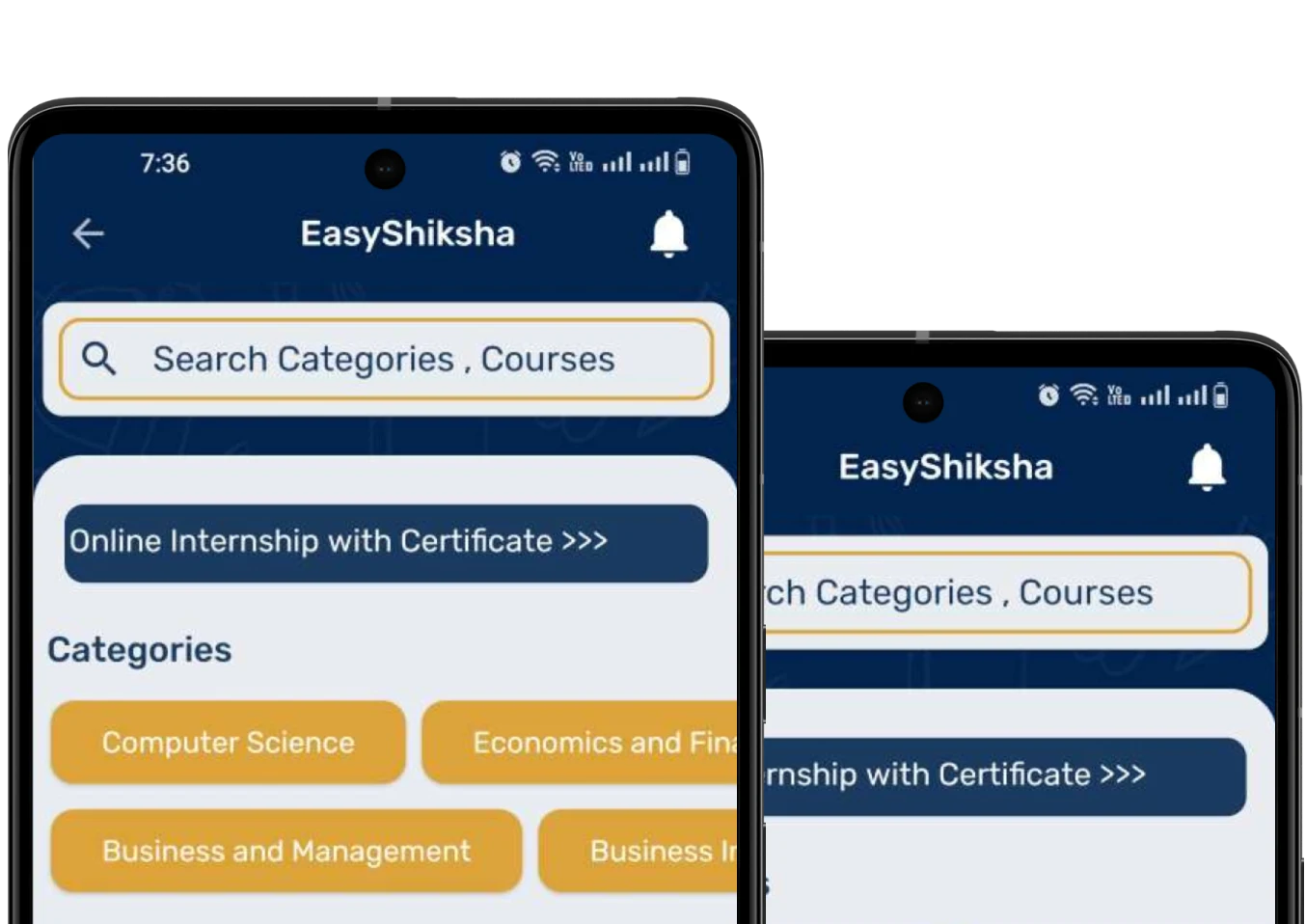By Preeti Bhandary, Co-Founder and Director of Little Elly. Amidst our hectic lifestyle, even our youngest students are in need of a moment of peace—and that’s just where yoga and mindfulness make all the difference. Picture this: plush yoga mats laid out in a circle, big-eyed toddlers stretching out small arms to the golden-yellow horizon, under the gentle guidance, leading them through every breath. It’s a warm image and a testament to the importance of developing mental well-being early in life.
A Gentle Beginning: Peace Before the Storm
Preschool days are a day of wonder—finger painting, blocks, story circle, and happy laughter. All of which is just great, but sometimes it all just becomes so much for little minds still learning to figure out the world. Adding a daily yoga or mindfulness practice calms those little heads before the day is even really in full gear. Even just five to ten minutes of disciplined breathing or gentle yoga stretches can change the tone of the classroom. Crayons are now held more gently; voices are softer. Teachers frequently comment that following a mindfulness lesson, kids tackle tasks with more concentration and less wobbly.
The magic of yoga for preschoolers is simplicity and fantasy. Animal poses such as “happy dog,” “butterfly,” and “snake” invite the use of bodies and minds in joyful movement. Each pose has a story—loosely enough to encourage laughter, yet ordered enough to impart sequence and body awareness. When a child states, “I can do the butterfly wings,” they’re not merely playing; they’re enhancing balance, fine motor, and cognitive flexibility simultaneously.
Also Read: Quantum Sensing Hub at IIT Bombay kick-offs operations
Creating Emotional Intelligence
Do you ever realize that the smallest drop of water can be a tidal wave when you’re in the world of a preschooler? A craft stick that’s dropped, a lost toy, are all catastrophes until they’re not. This is where brief, high-quality, and frequent moments of awareness can be helpful. An exercise as simple as taking three deep breaths together, “smell the flower, blow out the candle,” enables them to take a step back, anchor themselves, and acknowledge that they are having a feeling. Over time, they learn that strong feelings like frustration or sadness are fleeting emotions. They learn how to ride the waves of feeling without being swept under them.
Cultivating Focus and Attention
In a world full of distractions, even children’s minds can gain significantly from exercises that train their focus. Studies have found mindfulness training in early school years to increase self-regulation, control over impulses, and attention notably. It appears to be settintop a “quiet zone” for 60 seconds every morning at the preschool level, asking children to concentrate on their breath or listen for distinct sounds. These are small steps laying the groundwork for lifelong attentional abilities, long before formal education ever starts.
Nurturing Social Ties
Mindfulness and yoga aren’t solely about individual growth, nor are they creating isolated achievers. In partner or group work (“mirror pose,” anyone?), kids are learning to cooperate, respect, and empathize. When a child leads a friend through a spinal twist, they’re not simply mirroring movement; they’re developing communication skills, perspective-taking, and compassion. Kids get to know their classmates better: “Oh, Hemal’s having a sad face today—want a hug?” Simple exchanges like these establish a culture of care in the classroom.
Empowering through Routine
One of the best presents of yoga and mindfulness is the order it brings to a child’s inner world. In a day full of engaging learning activities, a brief period of mindfulness serves as a calming anchor. Children start to anticipate this moment in the day and, gradually, carry this rhythm internally. Rather than morning meltdowns, mindfulness routines ease the shift into learning mode. That self-calming ability—breathing to relax, stretching to refocus—is indelible.
Supporting Teacher Well-Being—And Modeling It Any preschool teacher will confirm: keeping a room full of toddlers in check takes limitless energy and emotional coverage. Yoga and mindfulness aren’t just for children—they’re for teachers, as well. When educators take care of themselves through meditation or gentle stretching, they bring a calm presence to each interaction. And kids pick up on it. When a teacher meets chaos with calm, kids learn that template of resilience.
Compassionate teachers lead by example, practicing presence and empathy and establishing a gentle tone for the day ahead.
Breaking the Stress Cycle Early
Anxiety and stress aren’t adult issues alone. Even preschool-aged children become overwhelmed—either from family changes, social pressure, or overstimulation at school. Mindfulness done on a regular basis can break the “stress cycle” early on. When a child is taught to observe their breath and body sensations, they’re being taught emotional literacy. These grounded, strong little brains go to school with more ability for gratitude, curiosity, and emotional flexibility.
The Science Behind the Benefits
Decidedly, years of research confirm the intuition of the parents and teachers: mindfulness. yoga. They are incredible vehicles for building self-regulating skills in children. Research demonstrates enhanced attention control, emotional regulation, academic achievement, and classroom behavior. Early exposure to these practices may strengthen foundations for healthy self-regulation and stress resilience. Bottom line: mindful preschoolers have a great future ahead of them: as thriving kids and empowered adults
Bringing Calm and Curiosity to Every Day
So, what does “Mindful Little Minds” look like in practice? A 10-minute “circle of calm” after snack time, where children lie on rainbow mats and listen to a mindful story. Paired breathing activities during transitions: “Let’s breathe like the wind” before painting time. A closing ritual before naptime: “Let’s thank our bodies and breathe slow.” Even a song like “Head, Shoulders, Knees, and Toes” becomes a mindfulness exercise when paired with slow, intentional movement.
Each of these moments is a seed—it may not transform a day instantly, but over weeks and months, you’ll notice toddlers breathing to calm down, inviting friends to mirror them, or taking a few deep breaths before expressing disappointment. They haven’t just learned yoga poses; they’ve gained quiet courage, inner stillness, and a foundation for emotional health that can last a lifetime. Online Courses with Certification
Online Courses with Certification
A Warm Invitation
To every preschool parent, teacher, and caregiver: the invitation is simple. Let’s bring warmth, calm, and intentional moments into our children’s days. Start with one mindful minute at breakfast or a playful tree pose before story time. You’ll be amazed at how these small rituals light up children’s emotional lives—and yours. Because when little minds learn to pause, breathe, and stretch, they show us that even the richest education includes the quiet spaces between the lessons.
Platforms like EasyShiksha.com offer valuable courses that can help you gain the necessary skills.

